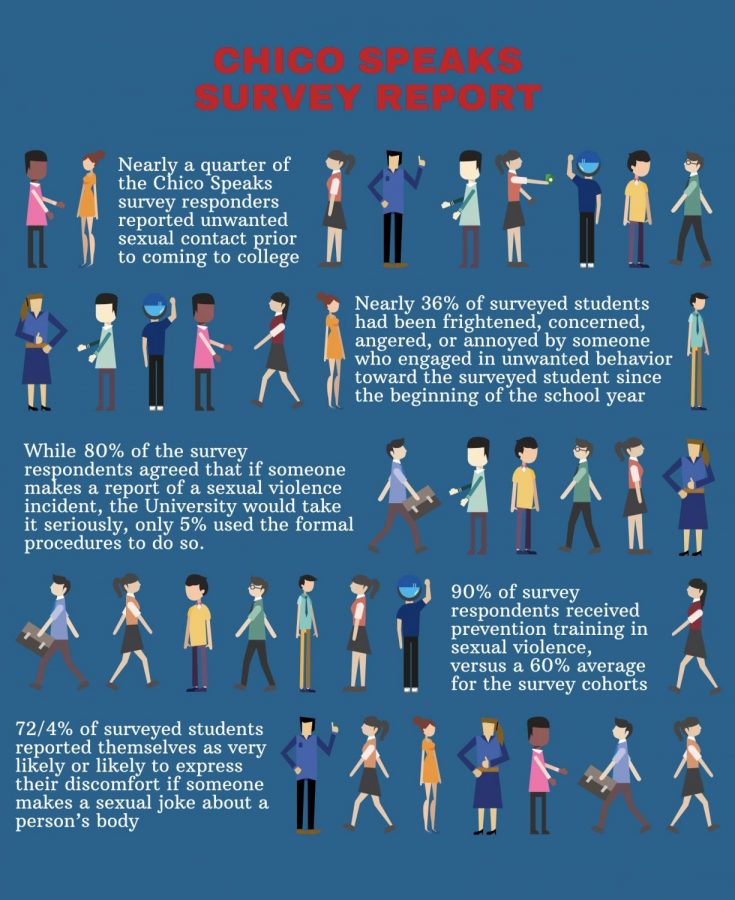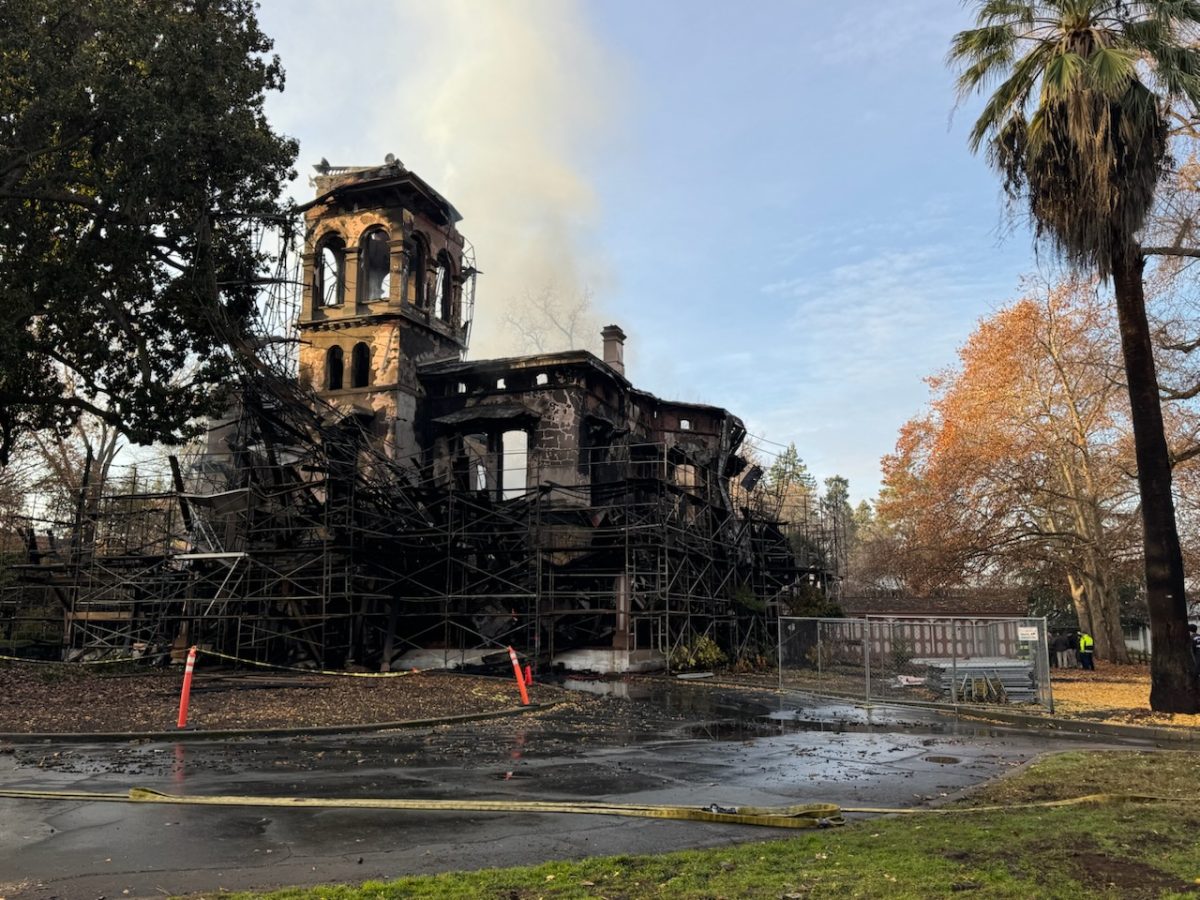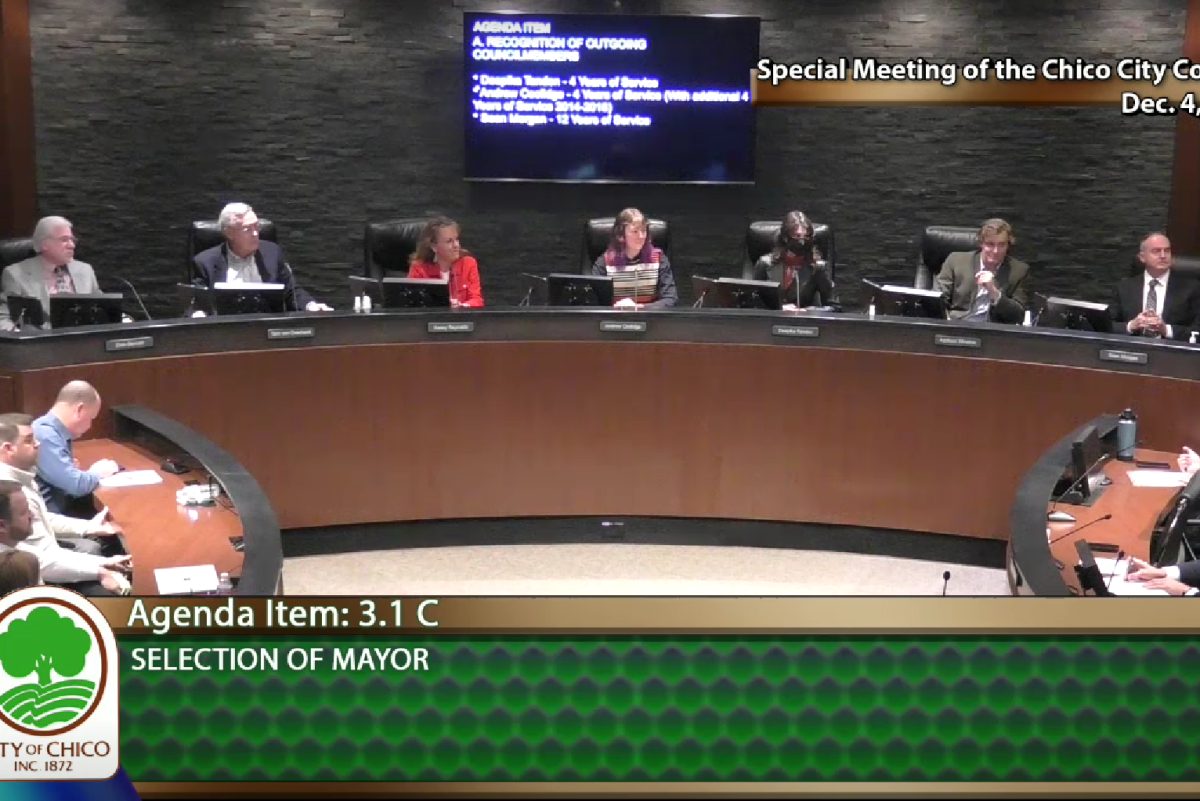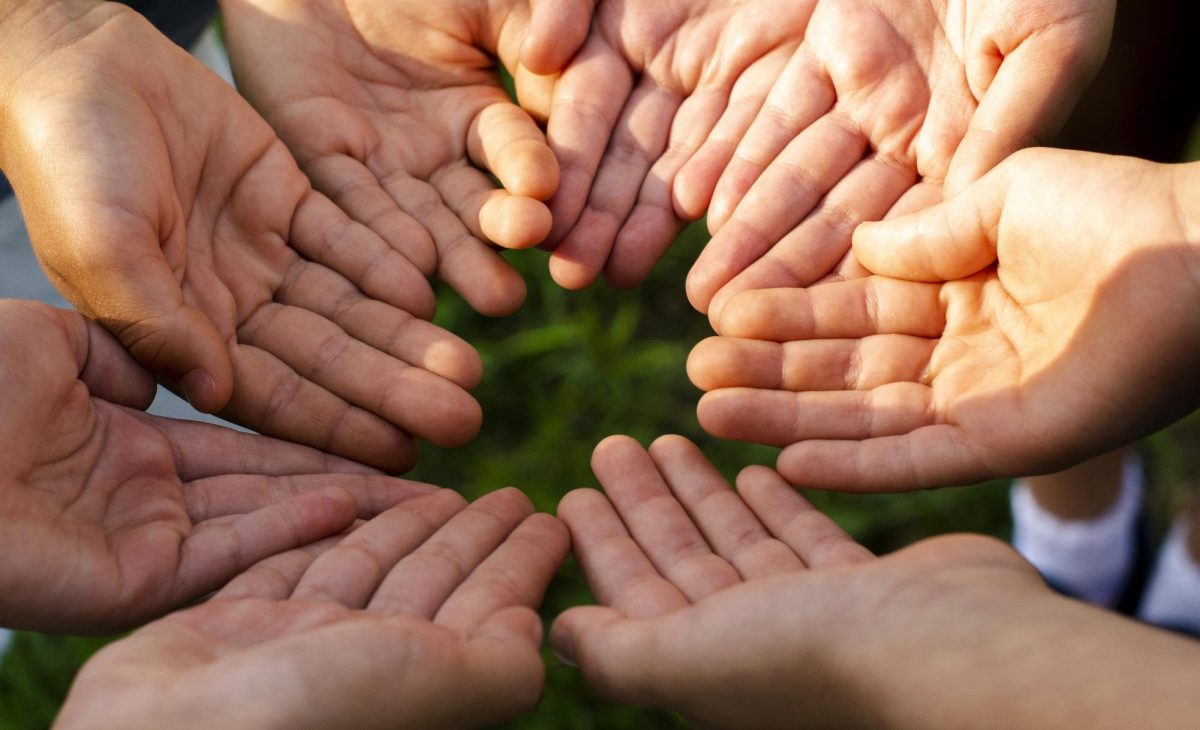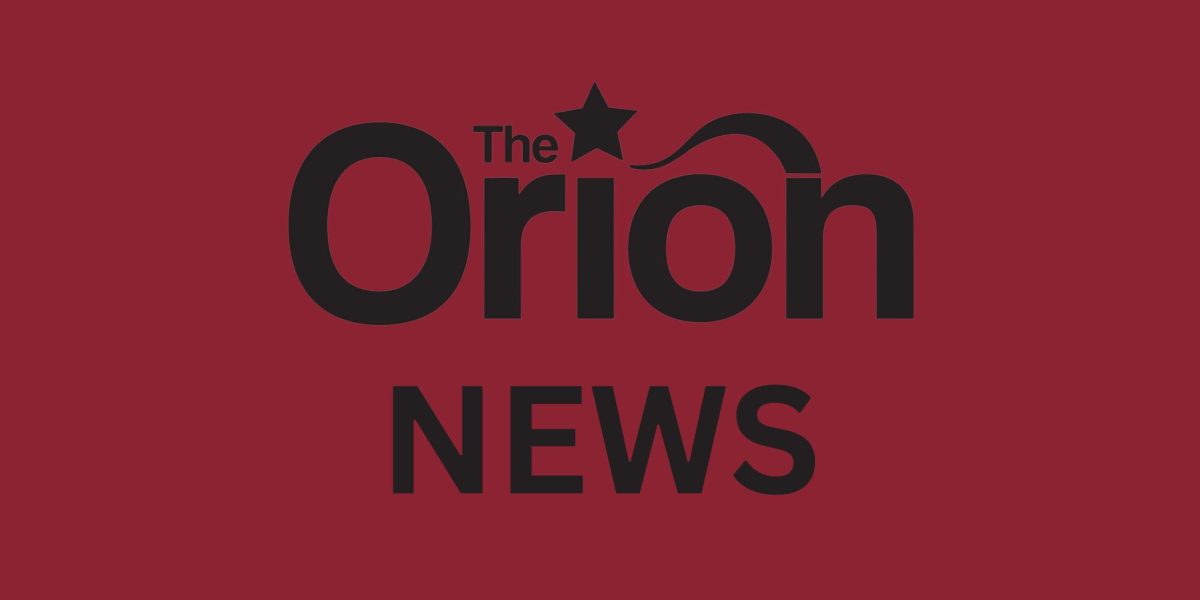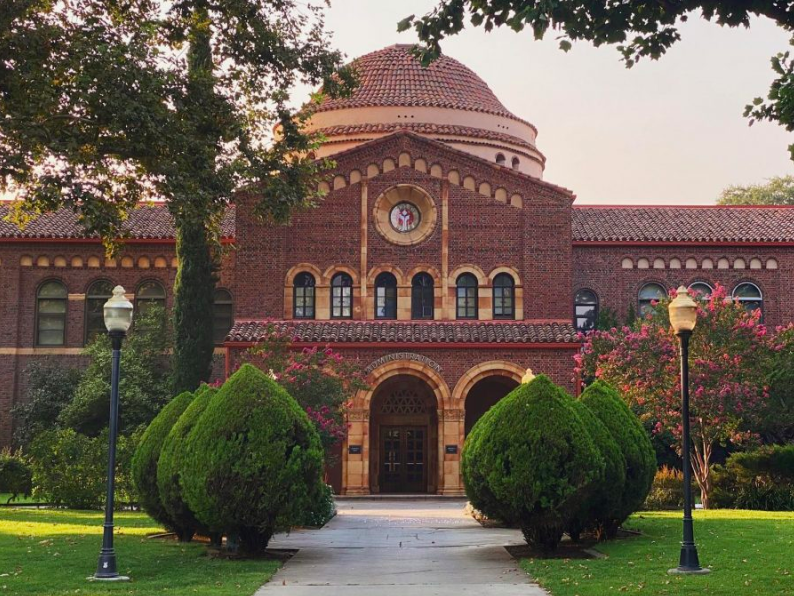After surveying students last spring, Chico State released a report regarding the incidents of sexual violence students reported.
While the information compiled from the survey was extensive, requiring months of collection and analysis, the data reveals the culture surrounding sexual assault on campus — as well as what might need to be done in order to prevent future sexual offenses.
In 2018, Chico State partnered with EAB, a technology, research, and consulting firm with a focus on serving student affairs professionals. In spring 2019, Chico State implemented the EAB Campus Climate Survey with the intent of gauging the plausibility of sexual violence and other intimate relationships students experience.
Participation for the survey reached 4,138 students from Chico State, or a response rate of 23% of the total student body.
“We have been wanting to do surveys for some time but as it’s a big political issue it’s not something that has had a ton of institutional support to look at on a large scale,” instructor Lindsay Briggs, from the Department of Public Health and Health Services Administration, said.
The survey was important to have concrete data so students aren’t educated on hypothetical or anecdotal situations, small case samples.
Having the resources to accurately represent students who have dealt with sexual assault was a big win, according to Briggs. The data was also helpful in gauging the demand for on-campus resources for students reporting sexual assault, such as Chico State’s Safe Place which obtained a new employee in the past year, according to Dylan Saake, director of Chico State’s Title IX office.
The data gathered revealed a striking amount of students who recall undergoing sexual abuse on campus.
A majority of students experienced potential sexual harassment behavior, which includes but is not limited to sexist comments or jokes in the student’s presence, followed by inappropriate comments about the student’s or someone else’s body or appearance in the presence of that student.
While the responses may appear alarming, the data opens the question if campus education regarding consent does enough in preventing students from making harmful decisions.
“These rates have been stable for a very long time,” Briggs said. “We have not seen a spike or a decrease, no matter what our programming on campus has done and that follows the national data. We have not seen a shift in sexual violence nationwide for a really long time.”
The training is not effective at changing behavior, Briggs added.
“No program is going to change behavior, that is a student-driven thing — we can do all these rules and training but until students themselves decide to make these changes, we aren’t going to make a lot of headway,” she said.
While the information from the survey highlights the severity of on-campus sexual assaults, the report does disclose that a higher number of students from Chico State receive more training and education of reporting options for incidents of sexual violence than other schools.
90% of survey respondents received prevention training in sexual violence, versus a 60% average for the survey cohorts, according to the report.
Similarly, data examines students’ level of comfort with coming forward to professional, school-provided resources to report an experience of sexual assault.
According to the report, 80% of the survey respondents agreed that if someone makes a report of a sexual violence incident, the university would take it seriously. However, concurring with data collected from other universities’ research, while these figures indicate high training and educational rates, the survey also highlighted a very low formal reporting rate of only 5% of respondents who used formal procedures to report incidents.
Lastly, the survey reports expanded community perceptions, behaviors and attitudes towards problematic behavior.
Through Title IX training that is required for all students, students are taught how to recognize and address problematic situations. According to the survey, of the students who responded to the survey, 15% have witnessed an act of sexual assault or an event which may lead to sexual assault, 87% of students who took the survey reported that they intervened.
In the near future, Chico State intends on creating a cycle for the survey to be conducted at timely yet least-costly manner. What information does to help Chico State, is to clear up the problem more and address the problem more effectively.
“It’s always going to be a sensitive issue, especially on the institutional level,” Briggs said.
“We want to talk about these things but we also know that anything that reflects poorly on the institutional on a wider context, where people don’t understand, we don’t want people thinking, ‘Chico State is some rape school!” when we aren’t much different from other schools. Our data is not outstanding from our other schools in the system.”
“We shouldn’t be asking, ‘Why is Chico State a party school?’ when every university is one,” she said. “What we should be asking is ‘Why isnt Chico State a consensual party school?’ Teaching partying can be fun in moderation but we should be looking after each other.”
Kimberly Morales can be reached at [email protected] or @kimberlymnews on Twitter.



